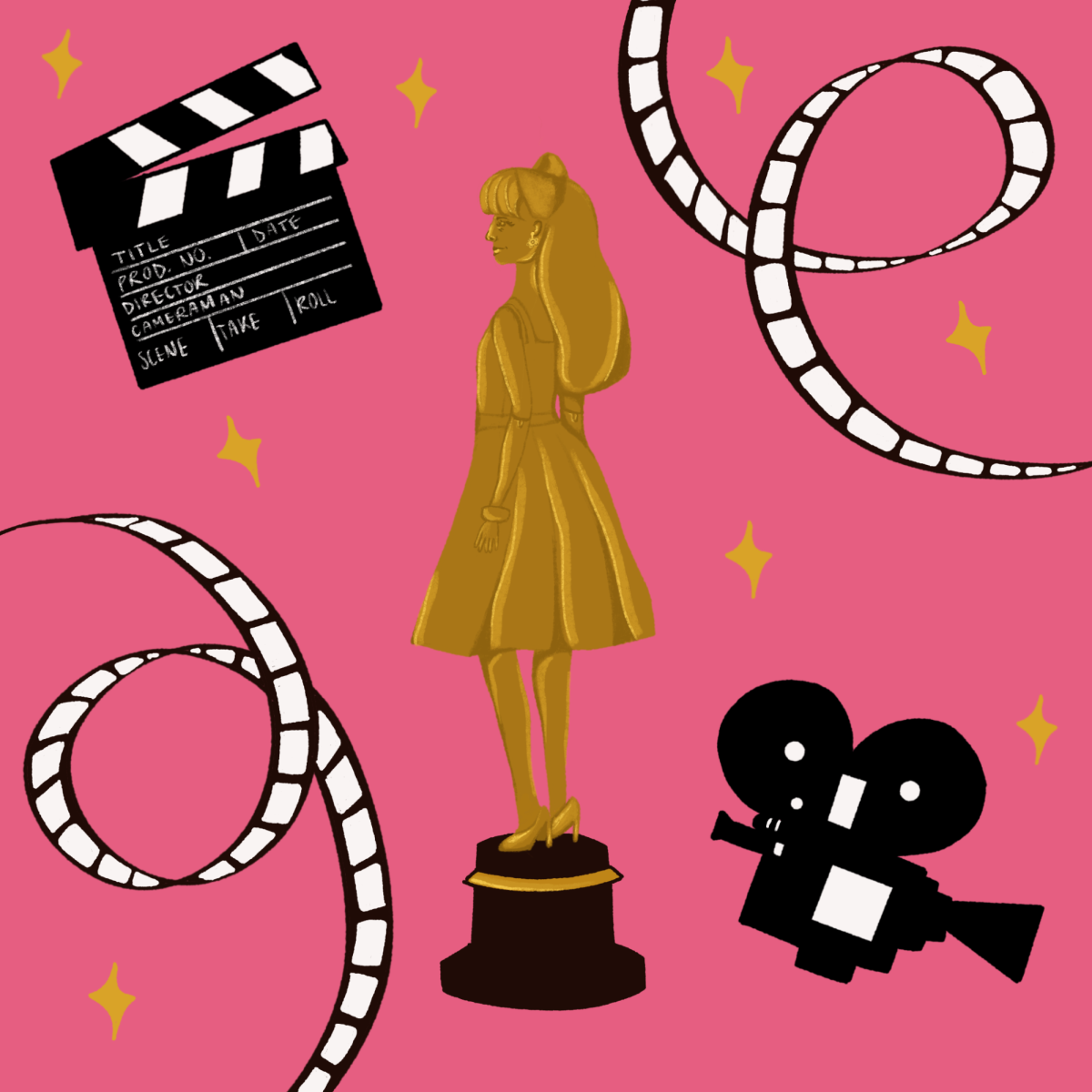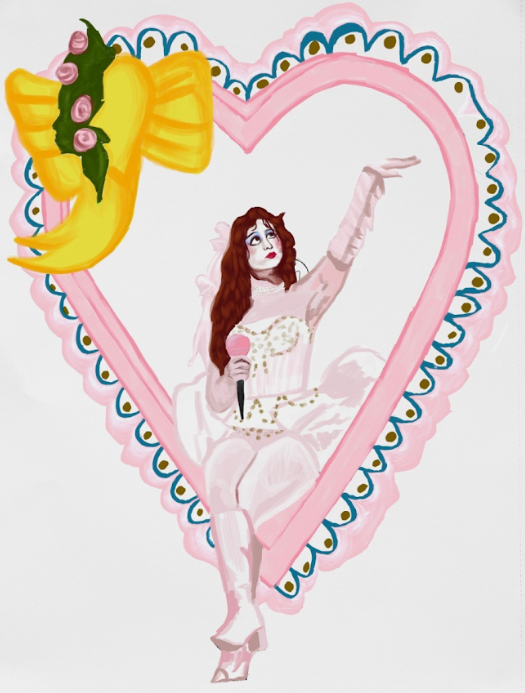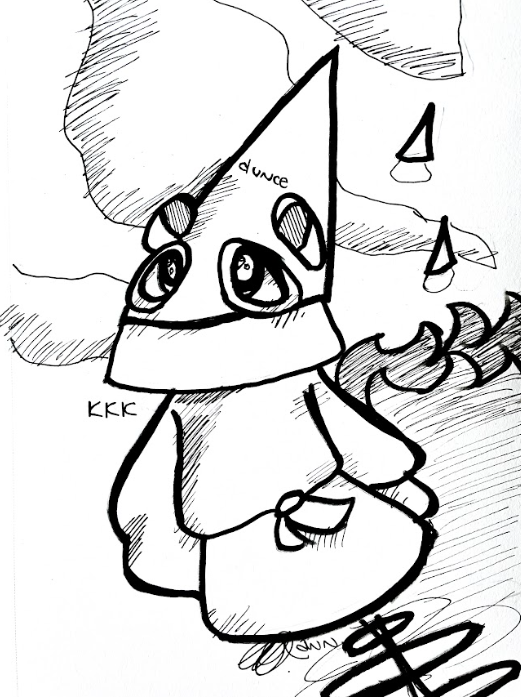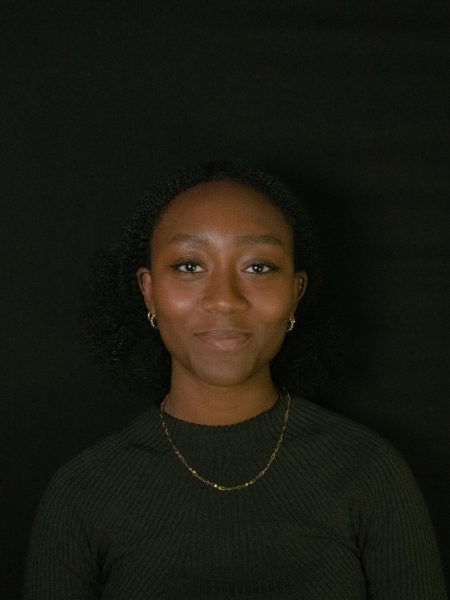In 1896, Parisian director Alice Guy-Blanché released “La Fée aux Choux.” The movie was an original one-minute narrative short created to promote the exciting storytelling possibilities of motion pictures. Meanwhile, across town, theatergoer Gèorges Melies began to record local performances, and by 1902, made cinema history with “A Trip to the Moon.” Since the beginning of film directing, over 75 men have been awarded best director – compared to only three women. It took until 2010 for the first woman, Kathryn Bigelow, to receive the honor. This year, no women were nominated for the award.
Women and men have been equal pioneers in the history of filmmaking, yet film largely remains a “boys’ club.” Despite the great strides women have made toward equality, we are often relegated to the object of art rather than the respected creators of it. Art reflects life, and this objectification is a sobering reminder of the overarching view of women in our society — particularly when it is through the art of visual storytelling.
Some films have reserved spots on any list of the best movies of all time, such as “Citizen Kane,” “The Godfather” or “The Shawshank Redemption.” All undoubtedly spectacular feats by male directors, but all exploring themes of success, power and freedom through a decidedly male perspective.
When cinema really began to pick up as a commercial industry in the 30s and 40s, early movies like “Mildred Pierce” reflected the emerging new possibility of female success, but they encouraged traditional roles and were limited to themes related to homemaking. In the film, Mildred created a popular restaurant chain yet was obliged to sacrifice part of her financial and independent success for her spoiled child and greedy husband. The movie itself was directed by renowned director Michael Curtiz and was based on the novel by James M. Cain.
This is just one example of how women’s representation of success could only be represented with the influence of men. Women’s representation on screen improved by the mid-century, as they were cast in more lead roles. This led to the rise of the Hollywood starlet, but even these women were at the mercy of the men around them; prime examples include the notorious treatment of Judy Garland and Marilyn Monroe, not to mention the added prejudice faced by women of color like Hattie McDaniel.
By the time women were in a position to create films about women, the movies were met with little recognition or shifted to become indie hits, like Agnès Varda’s classic “Cléo from 5 to 7.” As such, many female directors gain their fame by adapting stories with male main characters, such as Claire Denis’ “Beau Travail” or Mary Harron’s “American Psycho.” By the 2000s, the industry had ensured to invalidate the new wave of female-oriented blockbusters by calling films “chick flicks.” Female directors of other kinds of popular female-oriented films could hardly break in without the association with — or assistance of — a man. Sofia Coppola’s directorial debut “The Virgin Suicides” was overshadowed by her father’s legacy. Greta Gerwig’s independent debut “Lady Bird” probably would not have reserved a place as a cult favorite of film fans without the exposure from her husband’s hit “Frances Ha.” Still, these movies, especially chick flicks, are constantly mocked for their unapologetic feminine tones.
Most notably, women who achieve great critical and commercial success as actresses or filmmakers are at risk of enduring toxic, sexually abusive workplaces. The #MeToo movement in 2017 left many big names in the industry disgraced. Yet today, it appears that women have been silenced again with the threat of “you do not get to show if you tell.”
This restricting history of women in cinema naturally results in few female filmmakers. Women have only recently been allowed the opportunity to rise above the position of viewer or actor. Even as directors or writers, the public has been conditioned to have little desire to see women’s stories, especially when most women’s experiences, conflicts and triumphs are all in relation to our relationship with men. How can a woman safely break through in the industry and prove her competence without obstacles set or removed by the men in power? What is the extent to which female-directed movies are tolerated to remain mainstream and financially and critically successful?
Within the film community, the overrepresentation of the male ego is personified by the “film bro” stereotype, a male film fan often depicted as obnoxious and shallow with a narrow knowledge and interest in specific types of male-oriented films and directors like Martin Scorcese’s “Taxi Driver” or Quentin Tarantino’s “Pulp Fiction.” Although film bro is often used derogatorily, there is nothing wrong with men having a passion for and identifying with these genres of films, even with movies that contain problematic characteristics. Movies like “Taxi Driver” present an indisputably real and valid perspective on society, but so do “girly” and female-directed movies like “The Virgin Suicides.” In fact, Greta Gerwig’s ability to draw in millions dressed in pink to experience her latest film “Barbie” is evidence of how women are more than capable of creating powerful and relatable films, so why can we not have an established “film sis?”
Rather than shift the attitudes behind the screen before making the movie, respect for women and our stories may be sooner achieved by persistence and perseverance in female filmmaking — sometimes you have to see it to believe it.









